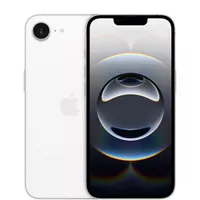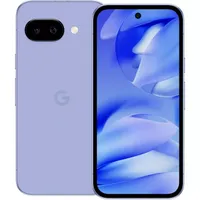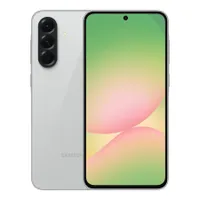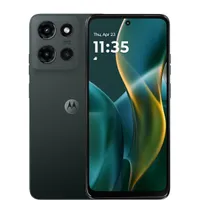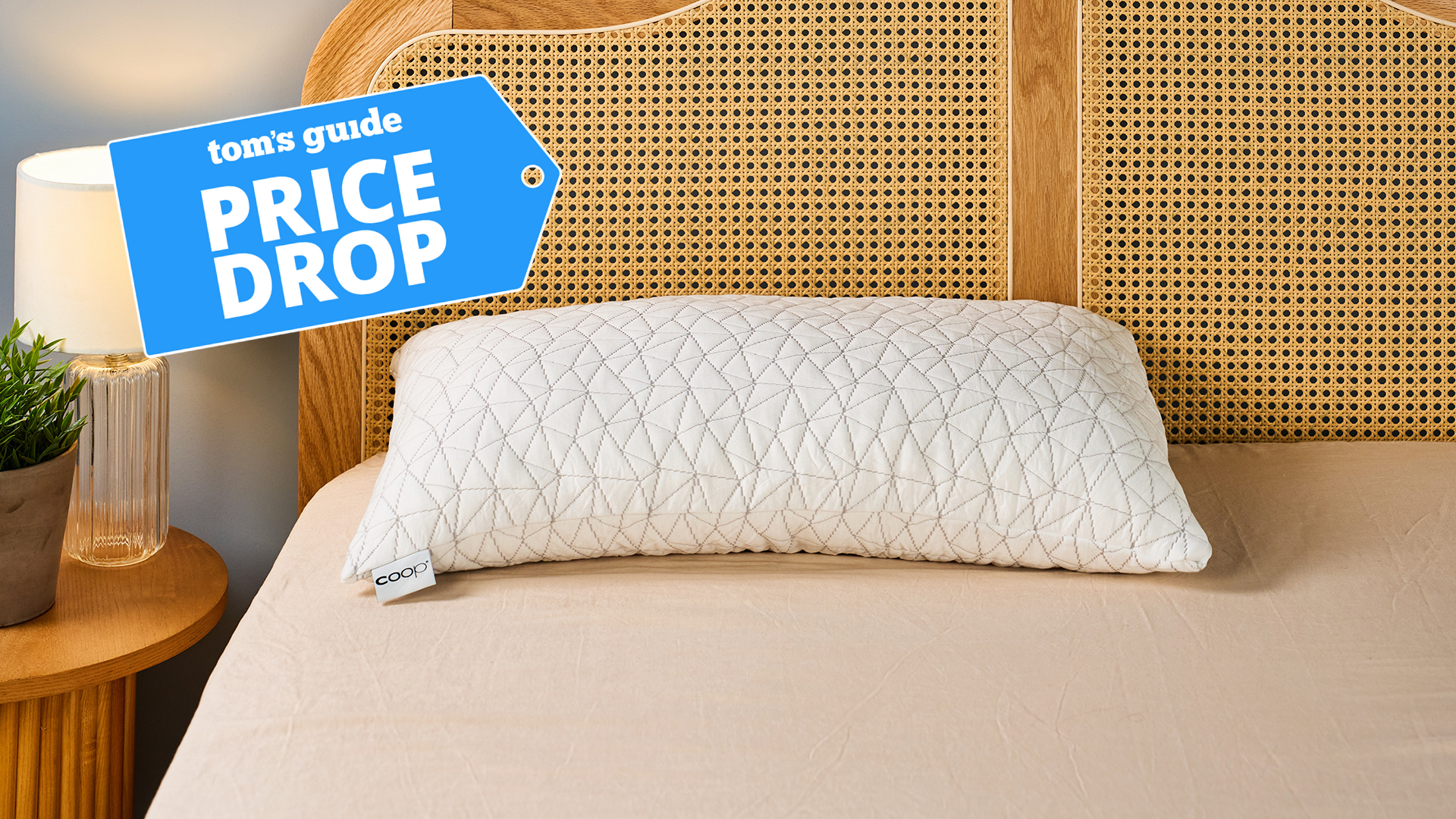I’m a parent who reviews phones — here's the 5 phones I recommend for back to school
Here's what to keep in mind when buying a phone for your kid

It won't be long before kids head back to school, and more than a few will be taking a new phone with them. The challenge is finding a device that keeps your kids connected without taking too big a bite out of your budget.
I've been there. Last year, I decided the time was right for my daughter to have her own smartphone, so I took advantage of a BOGO deal available at Verizon at the time. My wife, who also needed a new phone, picked up a then-new iPhone 15; that allowed us to get a free iPhone 14 that my daughter could use.
That's a very specific scenario, but it illustrates an important point with back-to-school phone shopping — always check with your wireless carrier to see what their best phone deals are. Since you'll likely be adding a new line to your current cell phone plan to accommodate your kid's new phone, chances are your phone carrier will be more than happy to sell you one of the best phones at a discount.
But that's not the only tip I have if your back-to-school shopping list includes a phone for your favorite student. Here's what I would take into account when shopping for someone's first smartphone, along with the five phones I'd recommend for students.
Back-to-school phone shopping: What to look for

Durability: You don't want to hand over a new phone to your kid only to have them smash it to pieces not long after. Look for phones that promise some level of durability, such as a form of Corning's Gorilla Glass to safeguard against cracked or scratched screens. You should also convince your child to invest in a phone case to mitigate any damage from drops.
Look for a phone with a good IP rating, too, just in case the device ever takes an unexpected dip into water. An IP67 rating, for example, means the phone can withstand a dip into 1 meter of water for up to 30 minutes. Phones with an IP68 rating can go even deeper, but that's a rating generally reserved for more expensive devices.
Display brightness: Everyone has their own screen size preference — I prefer a more compact device myself, though the popular sentiment skews toward larger displays. But one thing everyone can agree on is the brightness of a phone's display — you want to be able to see what's on your screen, even in direct sunlight.
Get instant access to breaking news, the hottest reviews, great deals and helpful tips.
That's why we measure each phone we test with a light meter to find out just how bright it can get. The Google Pixel 9 Pro XL is among the brightest screens we've measured, with a reading of 2,469 nits, but if you can find a device offering 1,400 nits or so of brightness, you shouldn't have any trouble seeing details on the display no matter how bright the sun is that day.
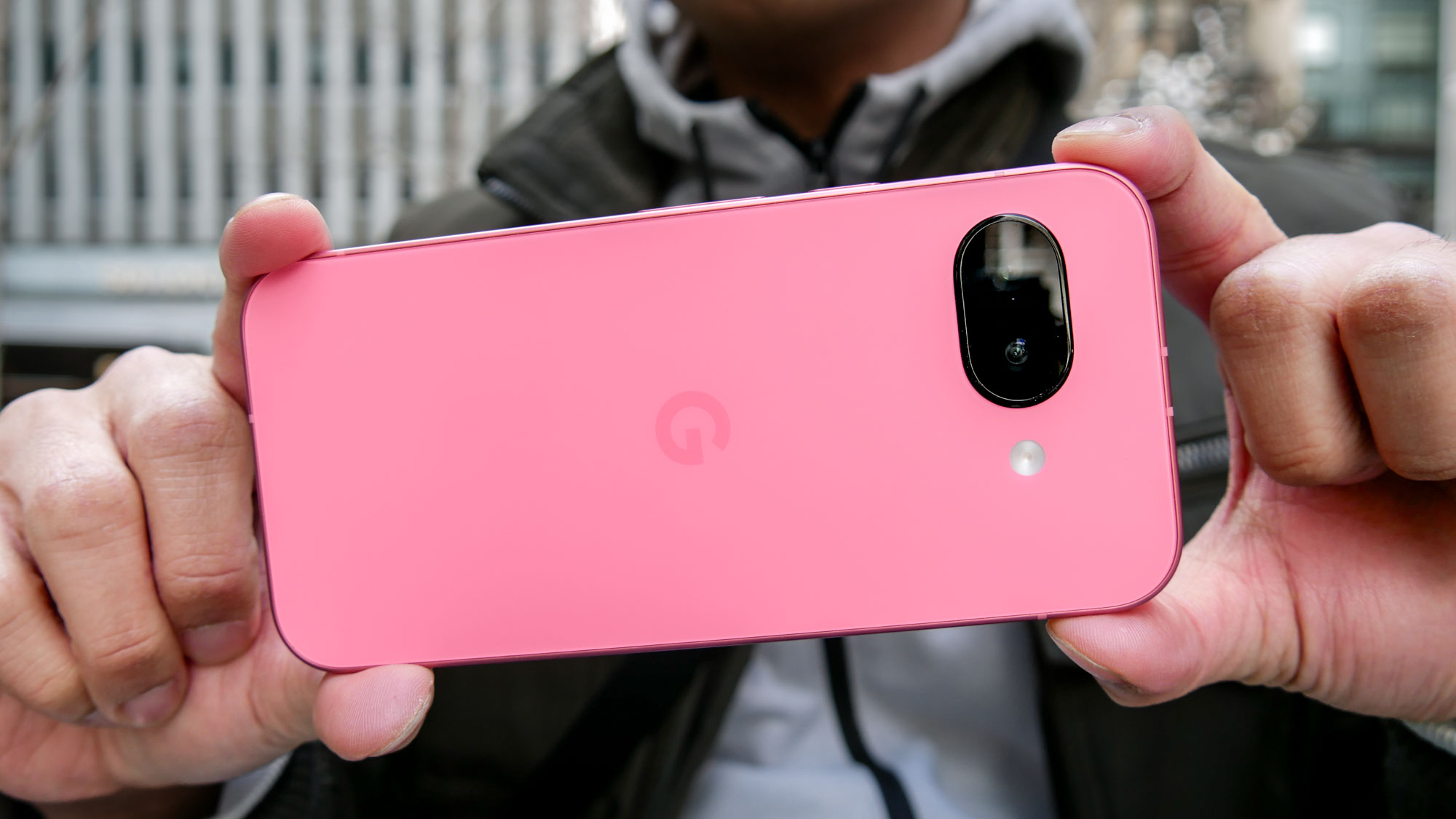
Good cameras: Let's not pretend that your child's not going to spend a lot of time snapping photos with their new phone. So make sure that they're taking all those selfies and portraits with a good camera phone.
Dedicated zoom lens are usually restricted to more expensive models, so you're mostly looking at phones with a main camera and an ultrawide lens. A lot of phones now use higher-resolution main cameras to crop in on shots, approximating a 2x zoom, so that can make up for the lack of a dedicated telephoto lens.
You don't necessarily need a camera with a high-megapixel rating. I'd pay more attention to the size of the sensor, as bigger sensors capture more light, which means better low-light pictures. I'd also consider the field of view for the selfie cam, as a larger one will allow your kid to squeeze more friends for group shots.
Long battery life: Another thing we test for when reviewing phones is how long they'll last on a charge. After all, you want a phone that can get you through the day without requiring you to look for an electrical outlet or wireless charging pad to top off the battery.
Our battery test involves setting phones to surf the web and timing how long it takes them to run out of power. The average smartphone can last for 10.5 hours on this test, so a phone with good battery life posts a time of 12 hours or better. Our best phone battery life list features phones with 15 hours or more of battery life in our testing.
Price: Whoever said money is no object never had to deal with a shopping list dictated by teenagers. While I'm sure most teens would love to have the latest flagship phones, that's something they aspire with their own dime. Instead, turn to devices that cost less than $600, as you'll still be able to get some high-end features in a more affordable model at that price range.
With those factors in mind, here are the five phones that would be on my shopping list if I had a student looking for a new phone ahead of the start of school.
Best back-to-school phones: What I recommend
iPhone 16e

- Starting price: $599
- Water resistance: IP68
- Screen brightness: 1,028 nits
- Cameras: 48MP main, 12MP front
- Battery life (Hrs:Mins): 12:41
If your child wants an iPhone, this is now Apple's cheapest model, replacing the $429 iPhone SE. But the iPhone 16e does run on Apple's latest processor, making it a top-performing that also supports all the new Apple Intelligence AI tools that are rolling out to iPhones.
You'll get just one rear camera, though it did take excellent pictures in our testing. And while I wish the screen was a bit brighter, I like the fact that the iPhone 16e has the kind of durability that will easily endure all those daily runs to school.
iPhone 16e: was $599 now free at Verizon
I like Verizon's iPhone 16e offer, not just because you can get an iPhone for free but because it doesn't require you to trade-in a device, a requirement first-time phone owners may not be able to meet. Instead, you just have to sign up for an Unlimited Ultimate or Unlimited Plus plan on a new line of data. You'll receive bill credits for your phone over the next 36 months.
Google Pixel 9a
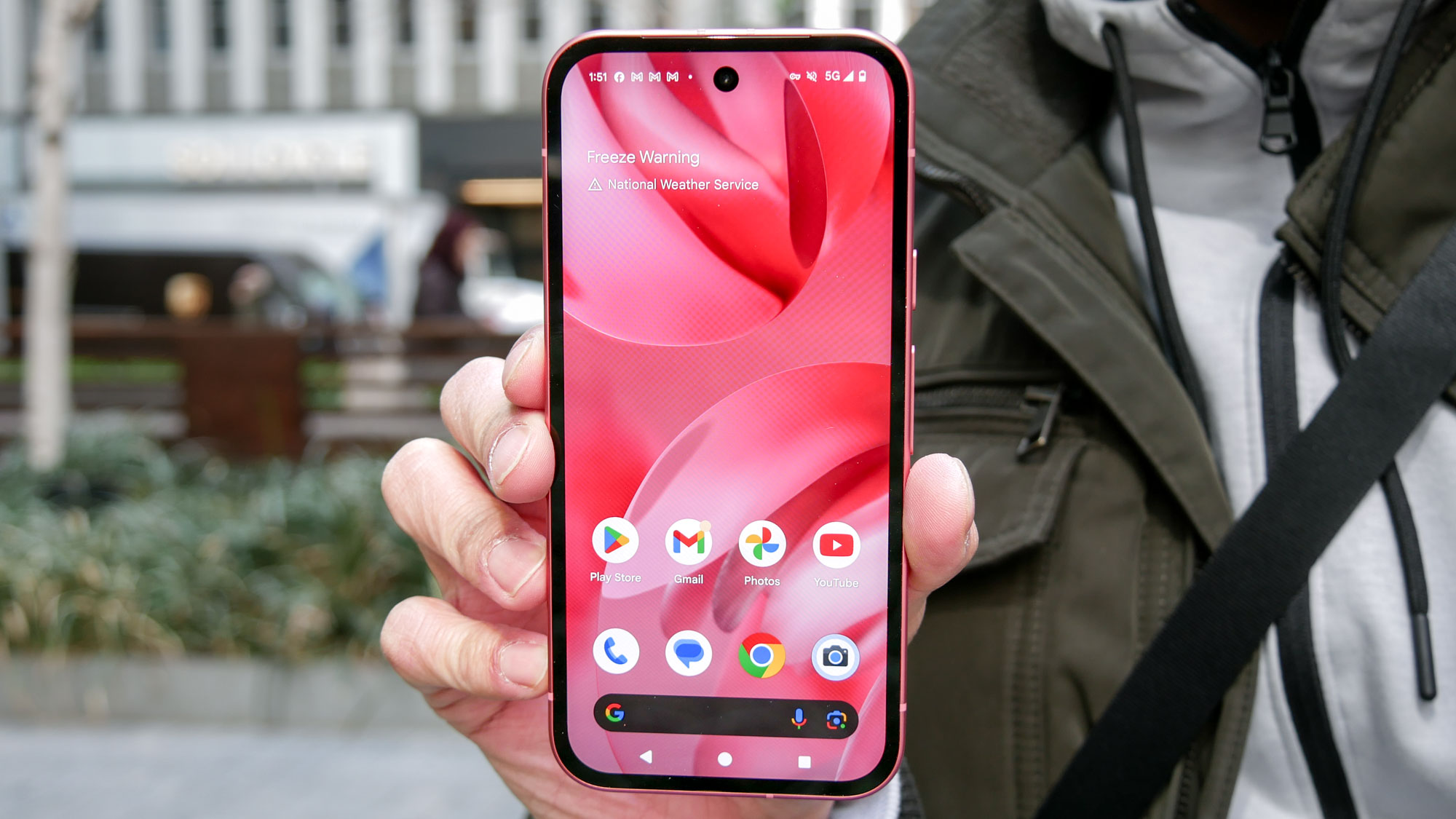
- Starting price: $499
- Water resistance: IP68
- Screen brightness: 2,076 nits
- Cameras: 48MP main, 13MP ultrawide, 13MP front
- Battery life (Hrs:Mins): 13:08
There's plenty to like about the Pixel 9a, starting with that sub-$500 price. It's the best cheap phone we've tested, and it also our pick for the best low-cast camera phone, thanks to Google's photo-processing prowess that produces bright, detailed shots.
Speaking of brightness, you'll have no problem seeing anything on the Pixel 9a's 6.3-inch display, and you'll get most — though not all — of the AI capabilities included on Google's pricier flagship Pixels.
Google Pixel 9a: was $499 now free @ Google Fi Wireless
Google doesn't just make phones, it also has its own wireless service. And new customers who sign up for the carrier can get a Pixel 9a for free. (You get your $499 back in the form of 24 monthly bill credits.) Google Fi uses T-Mobile's network for coverage — good news since T-Mobile generally ranks well for download speed and 5G coverage — and Pixel phones are optimized for Google's Wi-Fi based W+ network for improved coverage in crowded venues. Sign up for a Flexible or Unlimited Premium plan, and you can also get coverage when traveling in 200-plus countries.
Samsung Galaxy A56
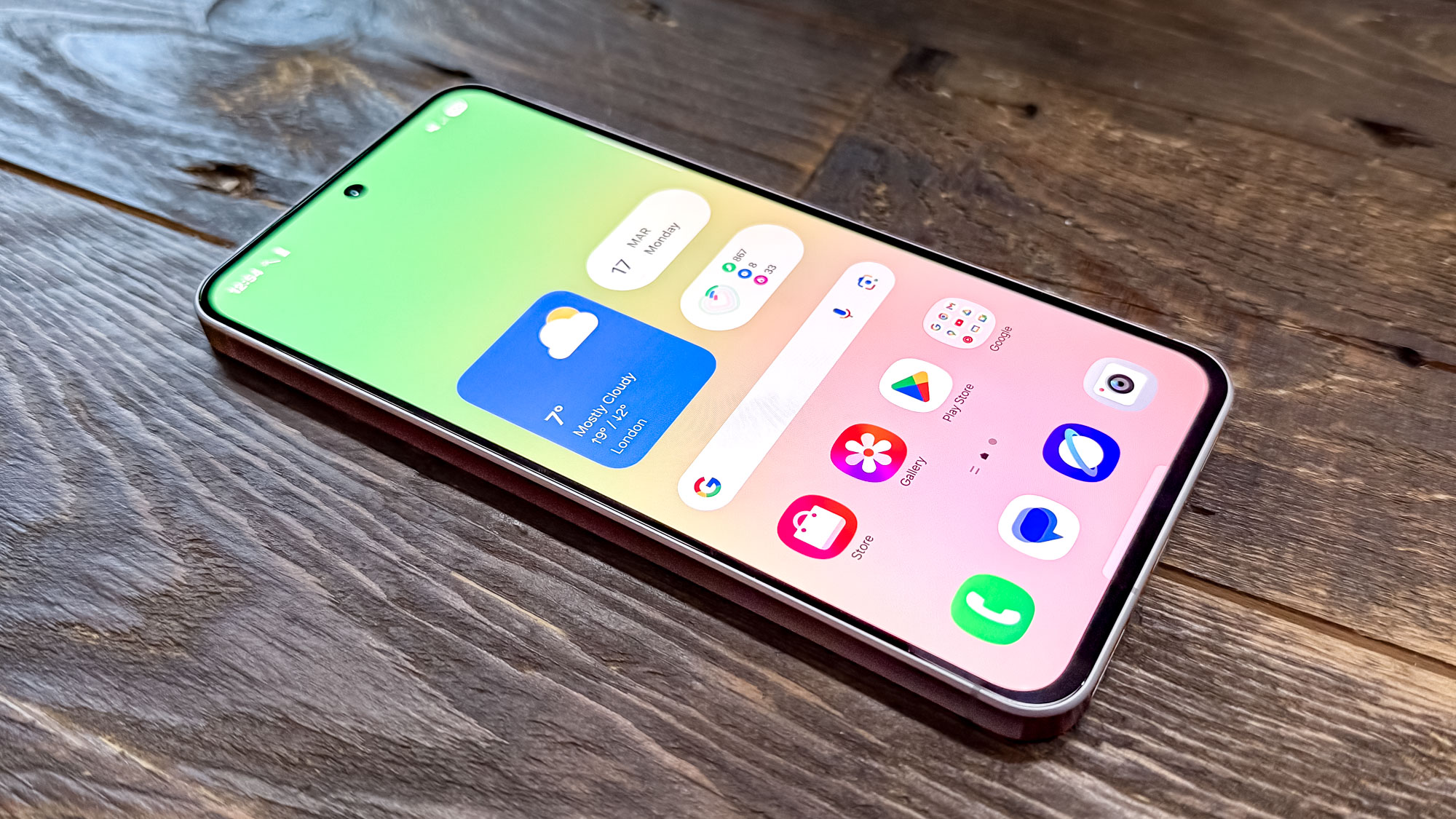
- Starting price: $499
- Water resistance: IP67
- Screen brightness: Not yet tested
- Cameras: 50MP main, 12MP ultrawide, 5MP macro, 12MP selfie
- Battery life (Hrs:Mins): Not yet tested
Samsung's Galaxy A phones pack a solid set of features into models that cost hundreds less than the fancier Galaxy S flagships, and the Galaxy A56 is the pick of the bunch. It just started shipping in the U.S. after a release in other parts of the world this spring. (That's why we don't yet have test results for screen brightness and battery life.)
The Galaxy A56 supports a few AI-powered features like Circle to Search for looking up information with a tap and Object Eraser for quickly editing your photos. It's not the most powerful phone we've tested, especially when compared to the iPhone 16e and Pixel 9a, but it can handle most tasks you throw at it. Plus, Samsung guarantees six years of software and security updates, so this phone can see you all the way through your school years.
Walmart is one of the few U.S. retailers offering the Galaxy A56 at a discount right now. This is the 128GB version of the phone — overseas, Samsung offered a 256GB base model — but that's still plenty of storage space for photos and files.
Moto G 2025
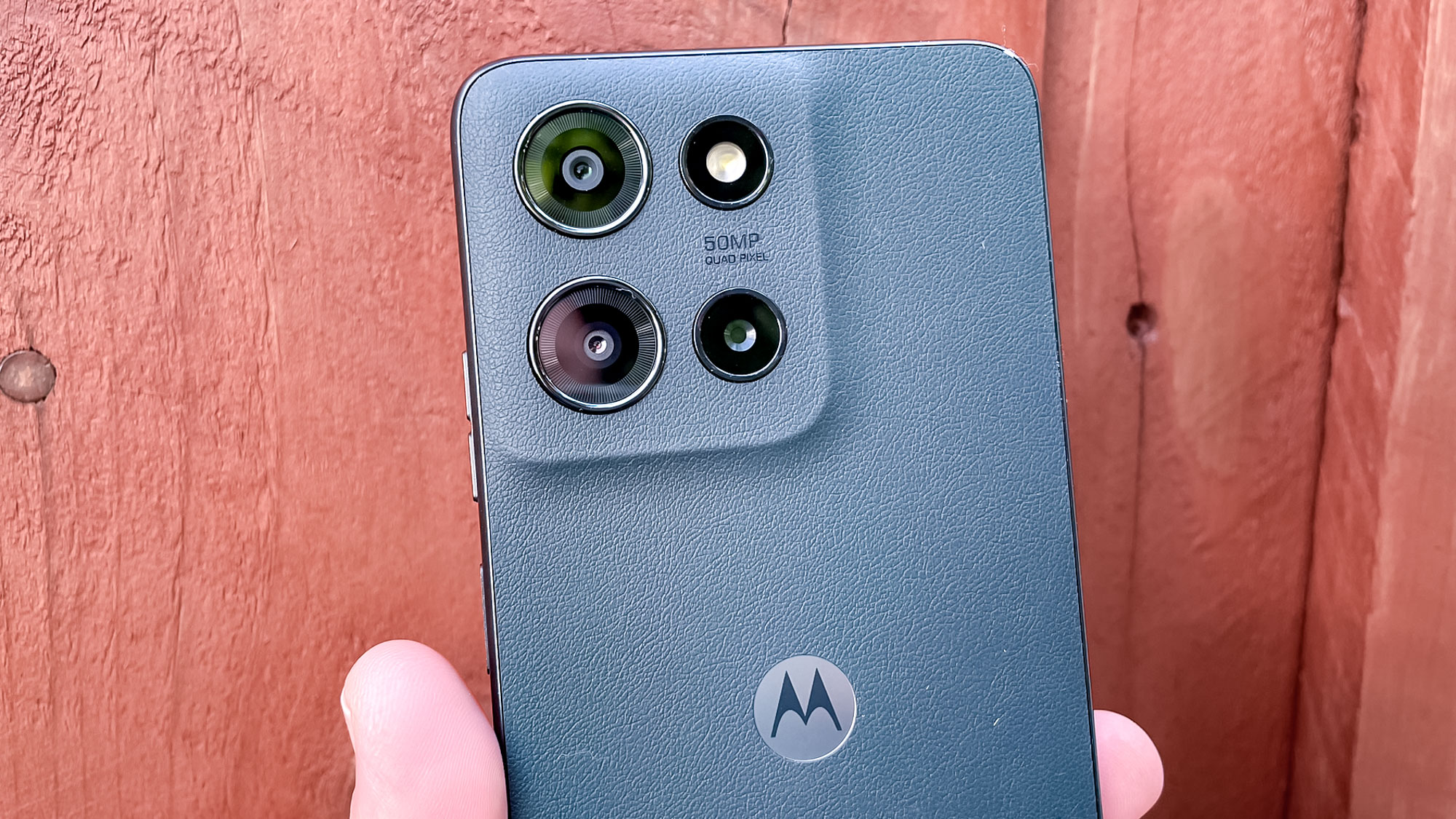
- Starting price: $199
- Water resistance: IP52
- Screen brightness: 960 nits
- Cameras: 50MP main, 2MP macro, 16MP front
- Battery life (Hrs:Mins): 18:32
This year's edition of the Moto G falls short of some of my criteria, with a pretty dim screen and the ability only to withstand splashes of water. (Don't drop it in the pool, in other words.) But the Moto G (2025) is the phone to get if you're on a tight budget, as it costs less than $200.
And though it's limited in some areas, it excels in others like battery life, where you can go multiple days between charges. When I tested the Moto G, I also thought the cameras performed surprising well considering who cheap the phone is. It's a good low-cost option if you just need the basics.
You can save even more on your phone purchase by heading to Amazon, where the Moto G is current $25 off its regular price. That gets you an locked Moto G that you can take to the phone carrier of your choice.
Motorola Razr (2025)
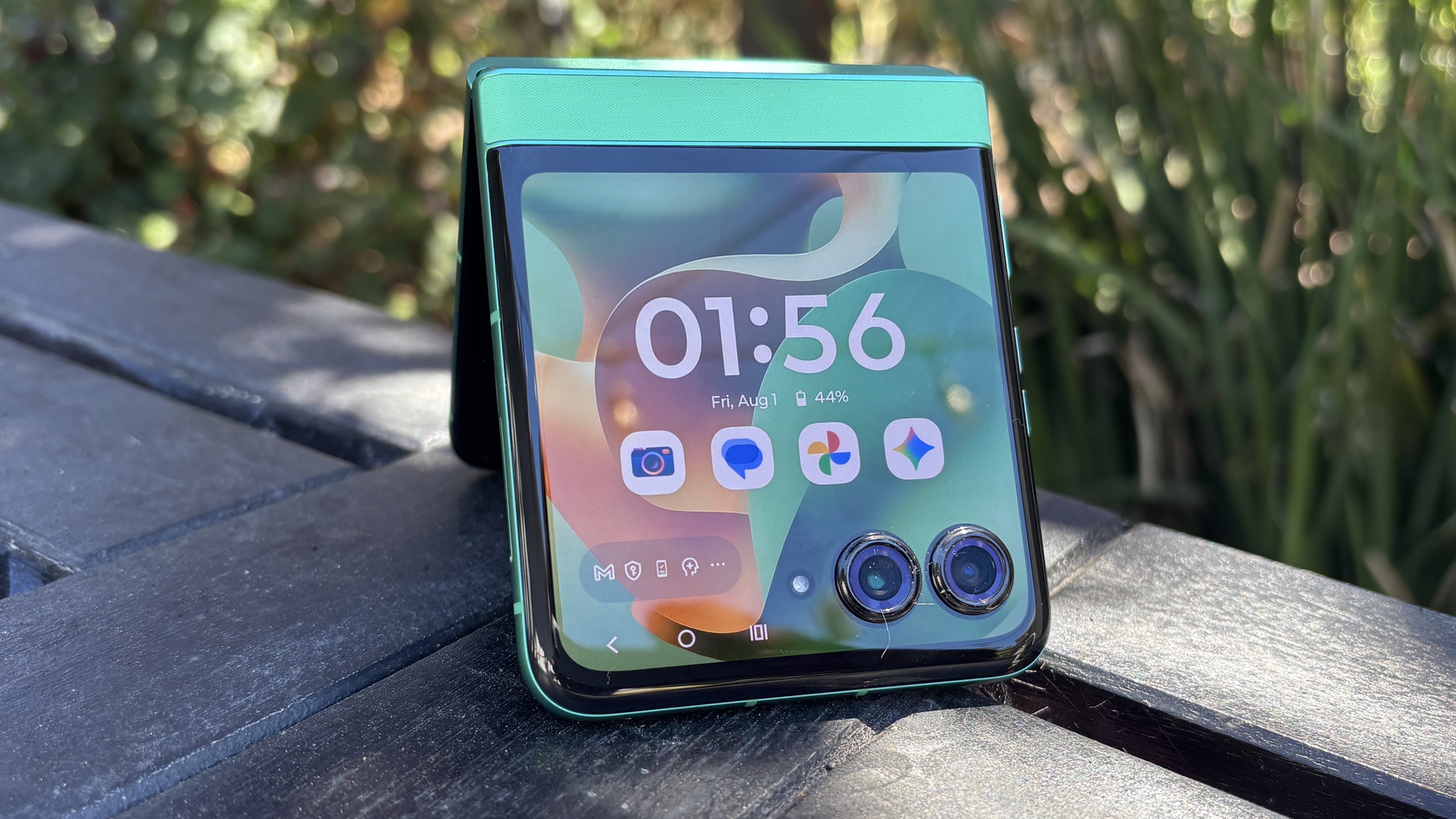
- Starting price: $699
- Water resistance: IP48
- Screen brightness: 1,916 nits
- Cameras: 50MP main, 13MP ultrawide, 32MP front
- Battery life (Hrs:Mins): 13:36
The Motorola Razr (2025) is the most expensive option on this list, but it's also the only foldable phone. And considering most foldable devices cost more than $1,000, this is a relatively attractive price for a flip phone that's easy to slip into a pocket.
The phone opens up to reveal a 6.9-inch display, but given that you can run apps on its 3.6-inch cover display, you often won't need to open the Razr at all. Selfie lovers will appreciate that the foldable design makes it simple to snap self-portraits using the superior 50MP main camera.
Verizon-owned Total Wireless is selling the Razr at a $500 discount. You'll need to sign up for two months of the carrier's Total 5G or Total 5G Plus plans, which cost $50 and $60 per month, respectively.
Incidentally, if you're still on the fence about getting a phone for your kid, we've got a look at deciding when the time is right for your child to get their first phone. We've also looked at the merits of new phones vs. hand-me-down devices for kids.
Follow Tom's Guide on Google News to get our up-to-date news, how-tos, and reviews in your feeds. Make sure to click the Follow button.
More from Tom's Guide
Philip Michaels is a Managing Editor at Tom's Guide. He's been covering personal technology since 1999 and was in the building when Steve Jobs showed off the iPhone for the first time. He's been evaluating smartphones since that first iPhone debuted in 2007, and he's been following phone carriers and smartphone plans since 2015. He has strong opinions about Apple, the Oakland Athletics, old movies and proper butchery techniques. Follow him at @PhilipMichaels.
You must confirm your public display name before commenting
Please logout and then login again, you will then be prompted to enter your display name.
